Put your shopper hat on for a minute and imagine you’re on BergdorfGoodman.com looking for the perfect pair of Gianvito Rossi pumps. You get all the way to the checkout page and this is what you see:
What is the first thought that comes into your mind?
If you’re like most people, the coupon code box acts as a trigger that prompts you to search for a coupon. This practice is so common that the second suggestion provided by Google in a search for “bergdorf goodman” is “bergdorf goodman coupon.”
There are several reasons why an e-tailer would want to avoid sending a shopper to search for a coupon:
- Potential affiliate fees
- The chance the shopper will find a better deal
- The possibility of training the shopper to expect some sort of discount each time they visit the site
Here are a few alternatives to blatantly and indiscriminately showing a promo box to all visitors who come to your site.
Stay Here!
Macy’s adds a “find one now” URL next to its promo code box. Clicking it opens a new window that lists all of the store’s currently available coupons.
This one tactic has led to incremental sales “far larger than we thought it was going to be,” according to Macys.com president, Kent Anderson.
Lord & Taylor is taking an even bolder approach, clearly emphasizing its promotion directly in the shopping cart.
Research on discounts and consumer search behavior provides some academic support for this strategy. In this study, when discounts were present, shoppers were found to search for a lower price elsewhere less frequently, regardless of where the discount was offered.
This strategy is likely to increase the percentage of visitors who redeem a promotion. However, for a retailer like Macy’s that is already highly promotional, this can be a net positive decision. By offering an internal link to their own promotions, both affiliate fees and lost sales to visitors who go off-site searching for a coupon are reduced. If you’re highly promotional and have a high checkout/cart abandonment rate, this could be an impactful A/B experiment to test.
Hide and Seek
Linda Bustos from Get Elastic suggests hiding the promo code box from visitors who don’t have a code and selectively showing it to only visitors who have a code. She writes
1. When a customer arrives via an affiliate link or email with a promotion, the URL includes a parameter indicating the shopper has a promo code which is stored in the shopper’s session. When the shopper arrives at the checkout page, the parameter is looked up in the session and the box is displayed. Customer enters promo code manually. All other customers do not see a box.
2. The URL parameter includes the promo code and the discount is automatically applied at checkout. The customer does not need to enter a code, nor does a coupon box need to be displayed.
This strategy can be effective, preventing the coupon code box from triggering a coupon search (since only those who were sent a coupon will be exposed to the box). This allows the e-tailer to get some of the benefits of selectively offering promotions, while mitigating the risk of training visitors to search for a coupon each time they visit the site.
Camouflage Strategy
Net-A-Porter employs a “camouflage strategy” where the promotion code box is subtly hidden behind an expanding element link written in tiny font. The copy reads “Add a gift card or promotion code.” If someone rapidly scans for a box or “PROMO,” they might miss the text altogether. But if someone was sent a promotion code and they actively search for a place to input the code, they probably will find the location without too much additional effort.
Reciprocity Strategy
OfficeMax leverages the power of reciprocity by offering exclusive coupons while asking for an email opt-in strategically placed in the checkout flow before payment. If the visitor abandons the cart, OfficeMax already has captured the email address for future marketing efforts.
Instead of asking for an email address, this presents an opportunity to leverage reciprocity, as shown above, and increase the order size of the purchase, as shown below.
This example is for the purpose of illustration and is not an actual OfficeMax promotion.
Wrapping It Up
The promo code box has become a trigger to drive visitors away from your site at a critical moment – the very bottom of the funnel. Try A/B testing these different strategies to see if the abandonment rate on your site can be reduced.
Are you implementing another type of coupon code box strategy? Sound off in the comments below!
About the Author: Jonathan Chen is Head of Customer Development at Freshplum, the promotions software that helps e-commerce retailers optimize their promotions.
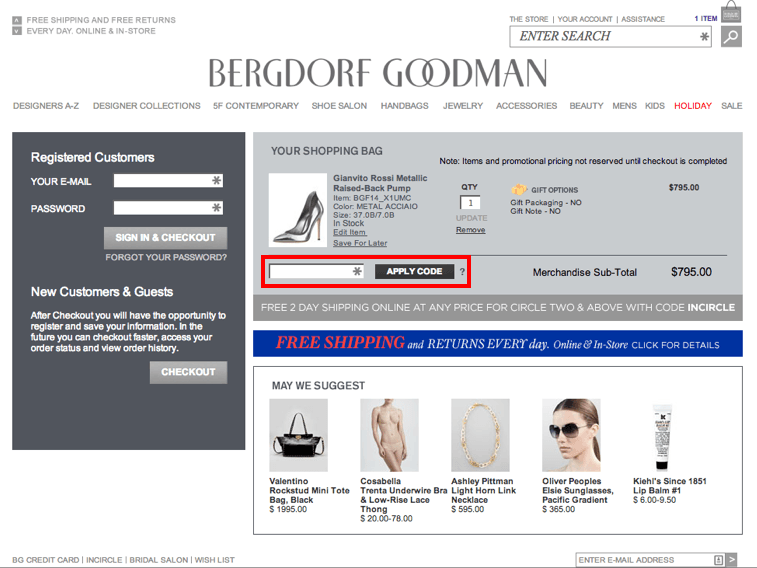
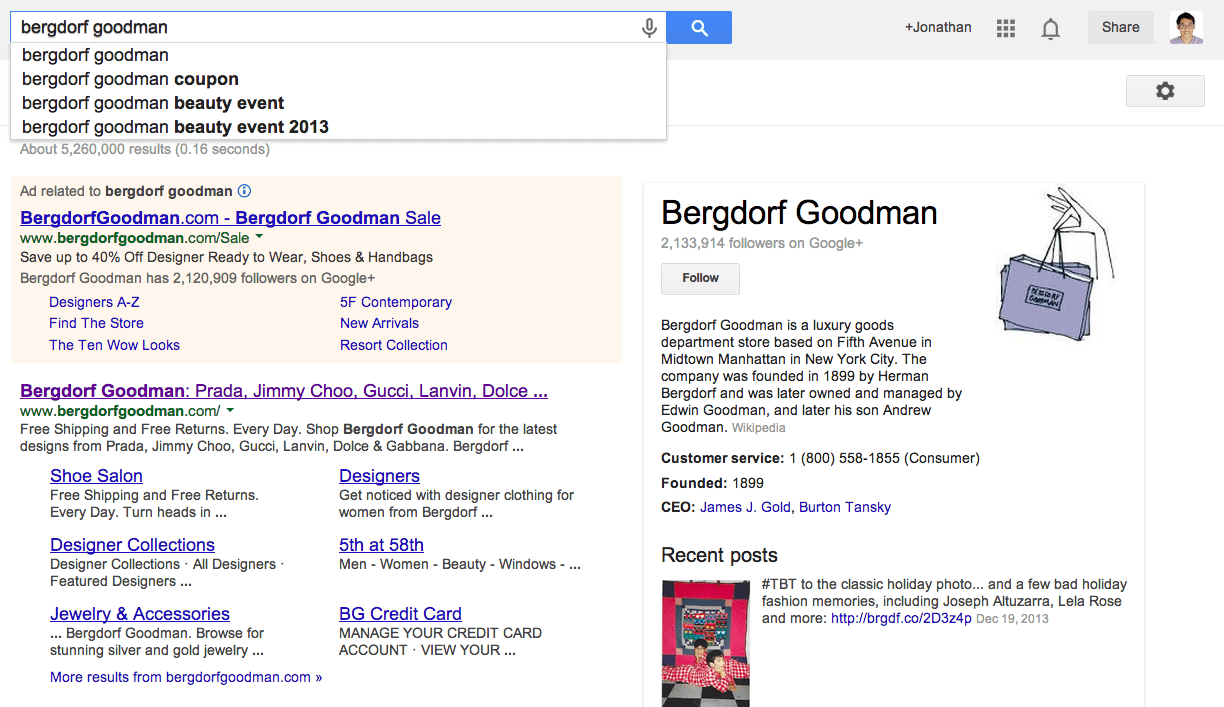
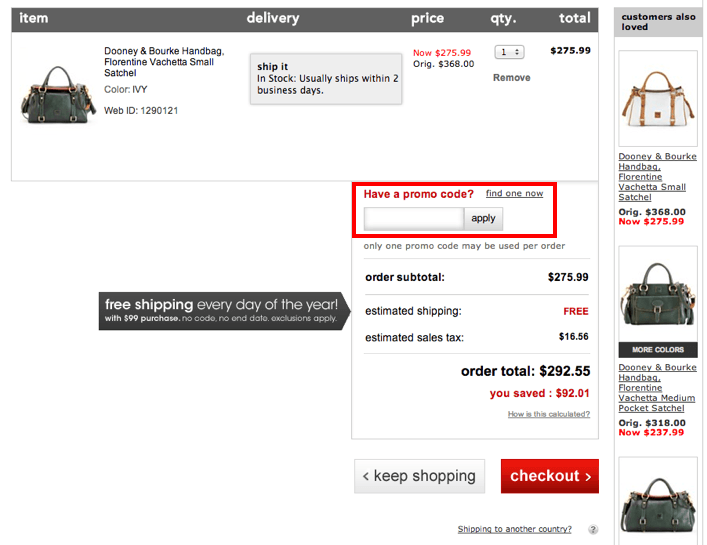
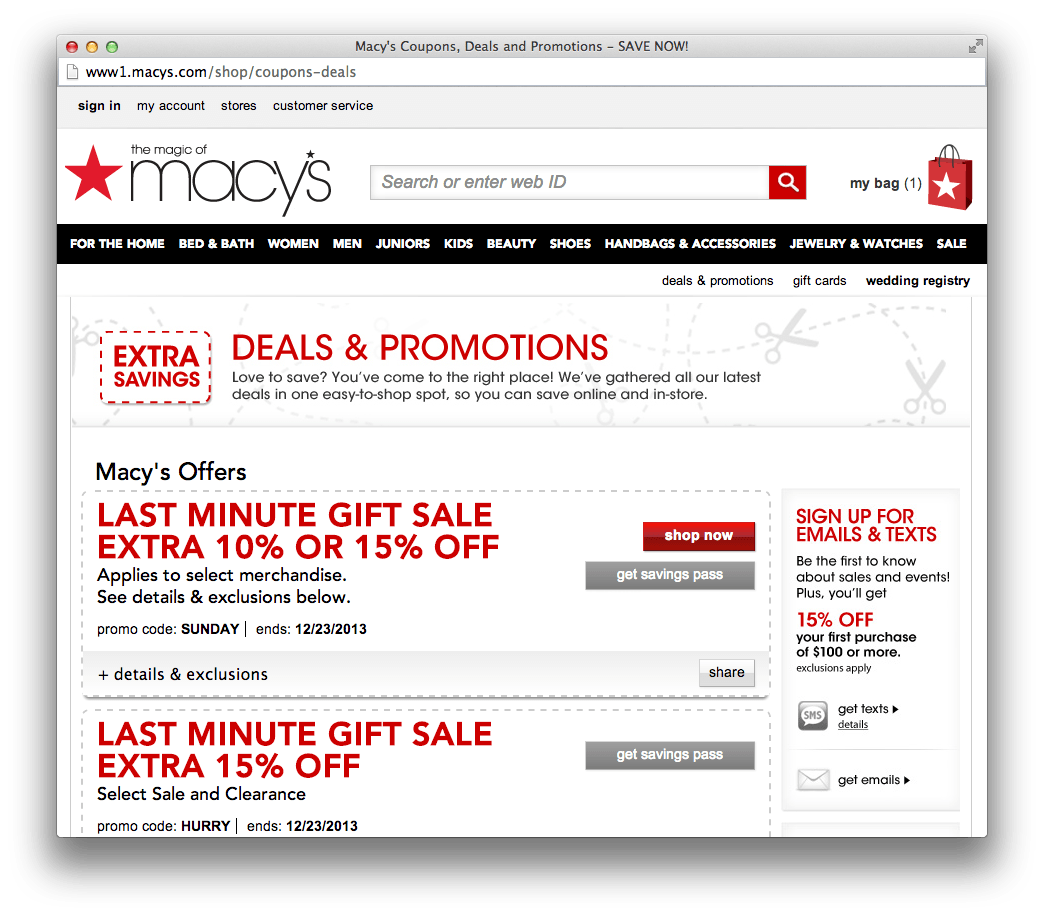
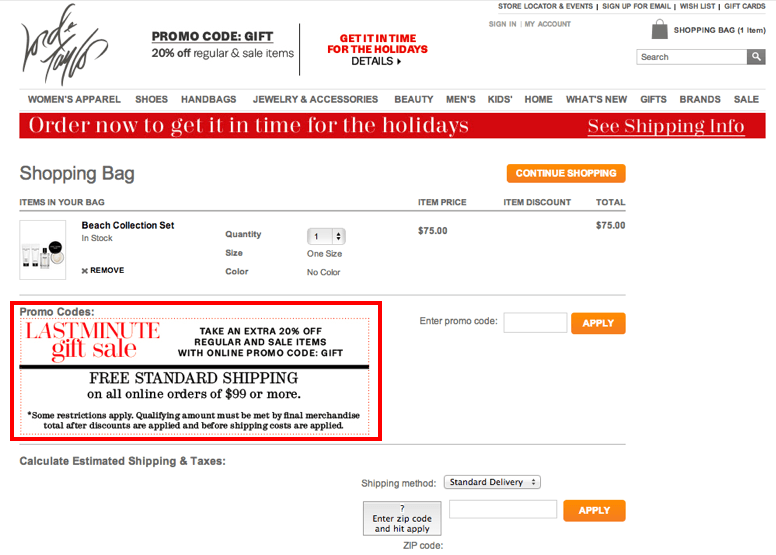
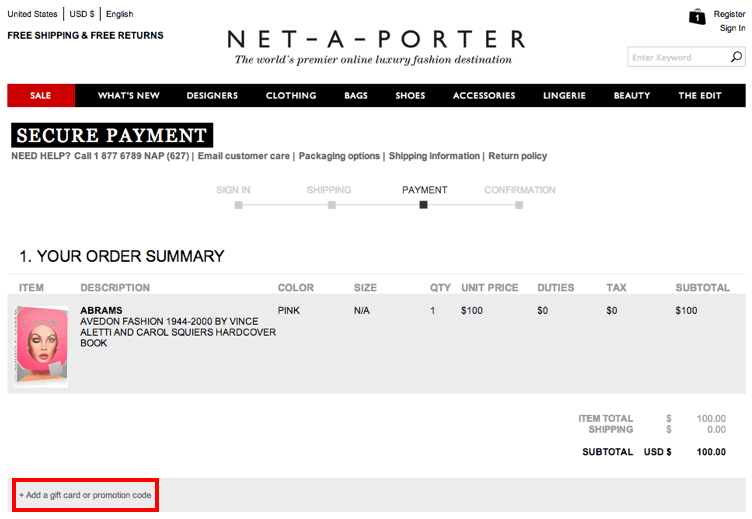
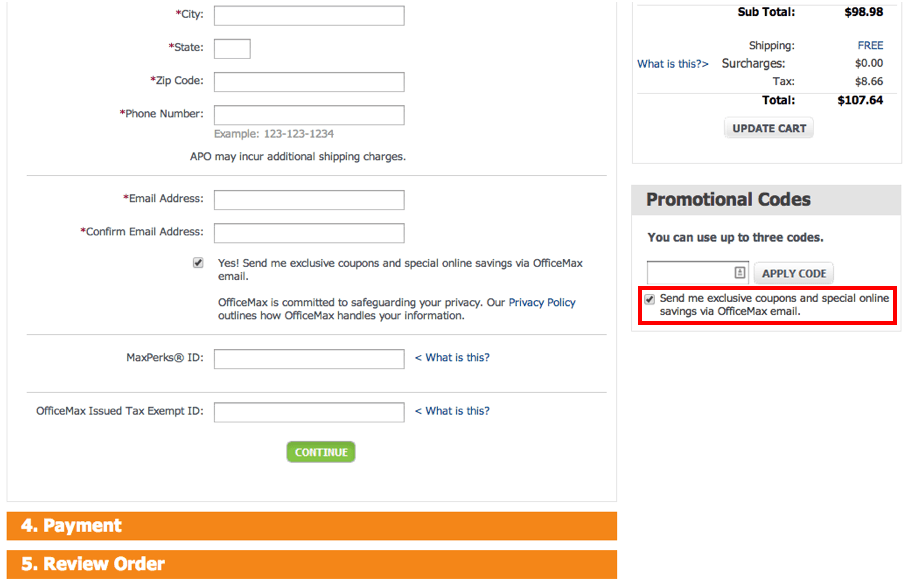
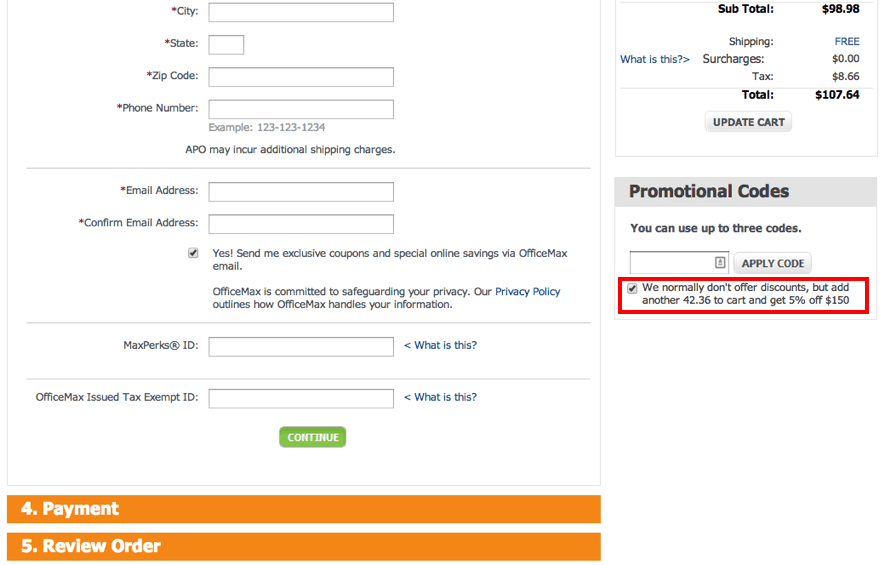
Comments (15)